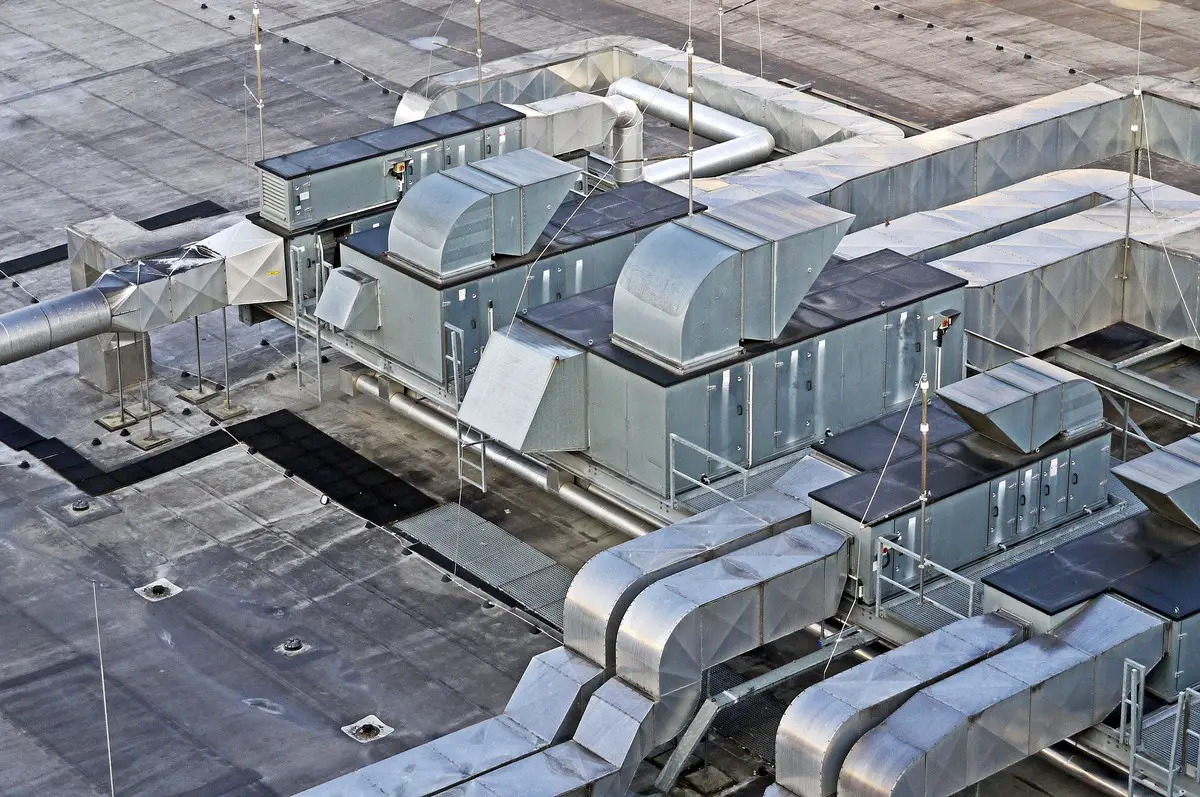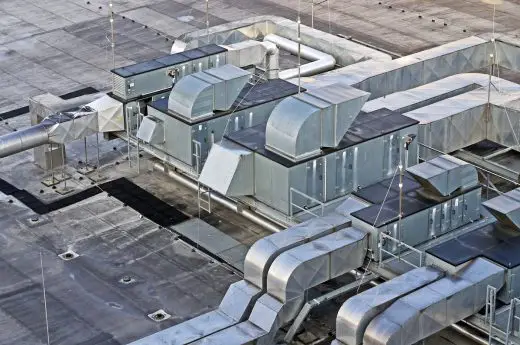Mechanism of air duct cleaning equipment guide, United States HVAC units, US property advice
Mechanism Of Air Duct Cleaning Equipment
July 28, 2020
Air duct cleaning is one of the fastest-growing cleaning services in the United States. Using the correct mechanism for cleaning and the right equipments is very crucial to keep the customers coming back to you. Following good practices also helps to achieve lesser complaints and re-work. In this blog, let us understand what is air duct cleaning, the correct cleaning mechanism and the right tools to use.
Air Duct Cleaning Equipment Guide
What is Air Duct cleaning
Air Duct cleaning consists of a rigorous cleanse of the several parts and coils in the HVAC system. The parts are made of grilles, fans, motors, registers, housing and air handlers. Cleaning services professionals use specialized equipment such as bowlers, vacuums and brushes to clean the supply, return ducts and intake of homes.
HVAC units are known to become less functional because of dirty motors, cooling coils and air handling units. NADCA (National Air Duct Cleaning Association) suggests cleaning of air ducts every 4-7 years. For air duct cleaning, a Las Vegas company came up with the highest grade standard in the industry – The Breathe Clean Standard (BCS)
When is air duct cleaning necessary
- Illness
Is your home making you sick? Family members, especially children, are suffering from allergies and prone to asthma or respiratory diseases? If yes, it is probably time to check and clean the air ducts of your home.
- Moulds or animals
If there is a considerable amount of mold seen inside the ductwork, it is necessary to clean the ducts and the airways. Also, if there is animal, bird or insect infestation, it is a mandate to clean the ducts.
- Renovations
If the house has been through renovations or remodeling recently, it is a good idea to clean the HVAC system and the ducts.
Cleaning mechanism
- Inspect the ducts
A visual inspection of the duct is necessary to assess the level of dirt and debris in the ducts. It helps to find out if there any leaks or damages and figure out the difference before and after cleaning.
- Creating Negative pressure and collection of contaminants
Before switching on the suction and scrubbing the ducts, the cleaners perform a few steps.
-
- The technician seals the vacuum hose and the ducts in the joining points, as tightly as possible.
- The next step is sealing off each register with a layer of adhesive.
- Now it is time to switch on the vacuum unit. This result in negative pressure and the dust inside the ducts are drawn into the collection device with proper brushing and loose blowing.
Negative pressure is necessary to prevent the spread of the dust. On removing the particles, negative pressure stops the spread of the contaminants into the living rooms after turning on the system after cleaning.
- Agitate the dust
After ensuring negative pressure, the technician cleans the ducts individually. Full proof cleaning requires removal of all the dust from the source of contamination. The cleaning equipment like rotating brushes, compressed air tools, and simple vacuum air cleaners does the job of dislodging and sucking the dirt into the collection device. This process is also popularly known as breaking the contaminants loose.
- System access
To do the cleaning efficiently, access to the interior of the duct is necessary. Technicians gain access ideally through the diffusers, return grills, duct end caps and existing service openings.
- Sterilization with ozone spray
Ozone spraying the air conditioning ducts kills the bacteria and the microbial features which can cause potential health hazards.
Different equipments used for air duct cleaning
- Access tools
To carry out inspection and cleaning, entry to different points in the HVAC system is required, which is provided by the access tools. The range of entry points can vary from small holes for visual inspection to larger panels used to provide entry to big equipment and service technicians. For better access to electric or drill powered shears or pneumatic cutters are used. Tin snips help in the clean up some edges, in rare cases.
- Inspection tools
To facilitate the monitoring of the success of cleaning, the inspection tools provide the necessary aid to evaluate the presence of debris inside the ducts. Some of the inspection tools are – Periscope device, handheld mirror, camera and closed-circuit television.
- Agitation tools
These tools break up the dust particles in the air duct and suck them into the collection device. The tools include different types- of
- Brushes
- Air skippers
- Blow guns
- Disinfectants
- Powdered brushes
- Air whips.
- Air compressor
The technicians use many tools that are pneumatically powered. Aggressive dust removal techniques can damage flex duct, duct board and fiberglass lined metal ductwork. Air valves at two different pressures are used to ensure there is no or minimal damage inside the ductwork. The compressors are generally mounted on trucks and operate at 175 psi or higher.
- Vacuum Devices
High powered vacuum devices create negative pressure in the HVAC systems to arrest the spread of contaminants during the cleaning process. This also collects the debris inside the ducts and the system which is broken down by other handheld devices.
- Cleaning tools
The purpose of cleaning tools is to spin, blow or whip the debris and moving it into the airstream and the containment system.
- Different brushes
Rotary brushes having a firm, flexible nylons spin and sweep the duct sides. To clean the flex duct or the insulated ductwork, a more gentle brush head with soft bristles are used.
- Air whips
Air whips with plastic tentacles loosen the debris when they brush against the side of the ducts. Then the air blasts from the nozzle move the dirt towards the containment system.
When the air duct cleaning process is completed, the access holes are sealed off with high-quality metal sheets. This makes access to the holes in future easier. Not all tools used will suit every setting, hence having a variety of equipment at disposal is essential.
This allows effective cleaning of air systems within a stipulated time. Never compromise on the equipment. It is vital to follow NADCA’s guidelines and NAIMA’s recommended practices for cleaning services. With good quality equipment, it is possible to eliminate the errors and minimize the chances of an accident.
Comments on this Mechanism Of Air Duct Cleaning Equipment Guide article are welcome.
Air Conditioners
Air Conditioners Posts
Tools used by air conditioner service technicians in Malaysia
Benefits of installing an air conditioning system
Is your Air Conditioner Acting Up
6 Things You Should Know About Your Cooling System
Why You Need To Maintain Your HVAC System
Property Articles
Comments / photos for the Mechanism Of Air Duct Cleaning Equipment page welcome






